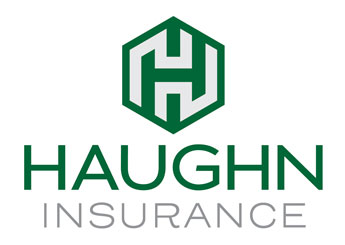
Providing a sound group health insurance plan for your employees is a great hiring and retention tool. Though the benefits of a health insurance plan are huge, there is significant planning that goes into creating one. When building a health plan, you will need to determine how the plan will be structured which can be split into two categories: fully-funded and self-funded. Both options are divergent in their layout and present their own unique benefits. For you to make the most educated health insurance choice for your business, you should be aware of the differences between both health plans. Let’s take a look at the differences and similarities of fully-funded vs. self-funded plans.
Tip: Download our Benefits Toolkit for free.
Fully-Funded vs. Self-Funded Group Health Plans
Though fully-funded plans are more traditional, self-funded health plans are more unconventional as they weren’t feasible for small to mid-sized companies until the Affordable Care Act of 2010. For businesses considering which to choose for health insurance, here are the differences.
Fully-Funded Health Plan
A fully-funded health plan is an employer-sponsored health plan. In these plans, your company pays a premium to the insurance carrier. These premium rates are fixed for a year and dependent on how many of your employees are enrolled in the plan each month.
These premiums only change if your business decides to alter the number of employees enrolled. Your insurance carrier collects the premiums and then pays the health care claims.
The insurance carrier also pays based on the type of coverage benefits outlined in the policy that was purchased. In a fully-funded model, your employees and their dependents are responsible for paying any deductible amounts or co-payments.
Self-Funded Health Plan
In the case of a self-funded health plan, the employers operate their own health plans. In this model, there are two main costs your business will need to consider, that being fixed costs and variable costs.
Fixed costs include administrative fees, stop-loss premiums, and set fees charged per employee. These are billed monthly by the TPA or carrier. As for variable costs, these include health care claims which can vary month to month depending on the employees.
For those that have a self-funded plan, they use stop-loss or excess-loss insurance to limit risk. They get reimbursed for claims that exceed a predetermined level.
The Differences Between Self-Funded and Fully-Funded
The major difference between the two is that self-funded plans are much riskier and unorthodox compared to fully-funded plans. A self-funded plan does allow you to save on profit margin because you are not paying the added expenses charged by insurance companies.
Self-funded plans also offer more control over the dynamics of your plan design. Though self-funded are more flexible, a large portion of the workload is handled by the insurance company in a fully-funded health plan.
About Haughn & Associates
Founded by Michael Haughn in 1986, Haughn & Associates (H&A) is a full-service, family-owned, independent insurance agency based out of Dublin, Ohio. H&A strives to provide the best possible price and unique insurance solutions across a myriad of industries, including construction, IT, Habitation & Commercial Property, Agriculture, and Engineering. Devoted to providing the best of business insurance, life and disability insurance, personal insurance, employee benefits, and bonds, H&A is proof that success lies in long-standing client relations and satisfaction. To learn more about how H&A can be of service to you, contact us at (877) 802-2278.

